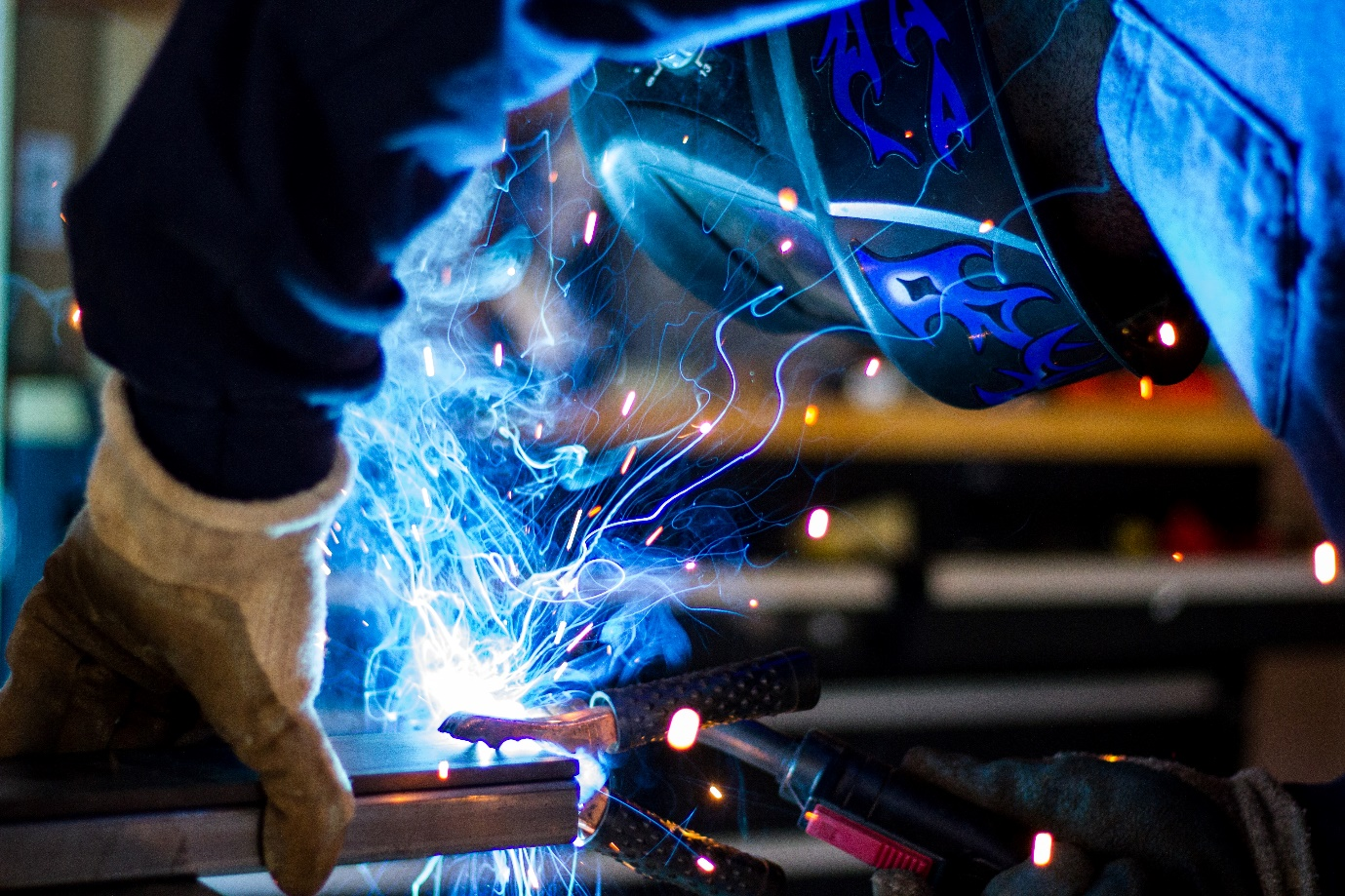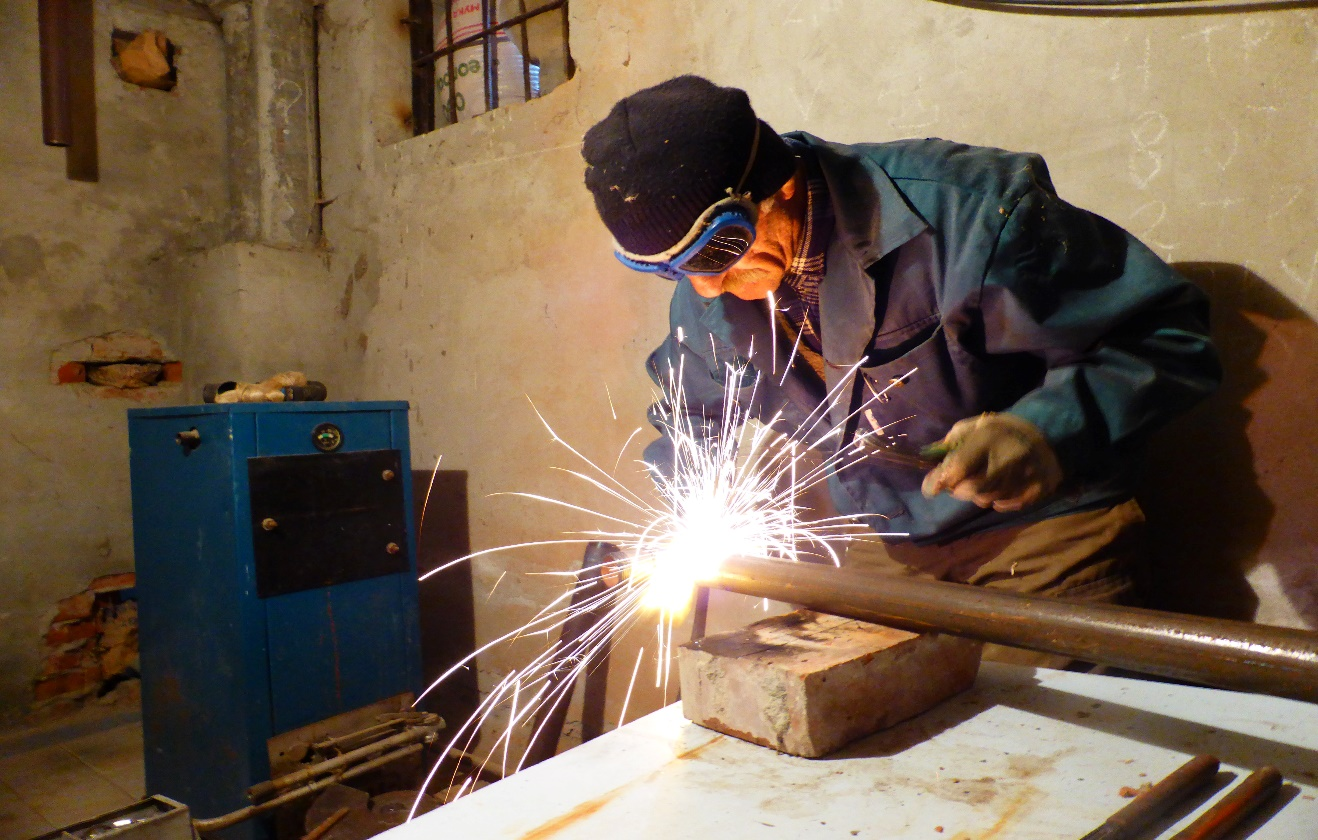Industrial fires and explosions are far more frequent than you may think. They can be extremely dangerous, not to mention costly in terms of human life and property damage.
With the ever-increasing number of industrial processes and workplace hazards, safety measures must be taken to prevent these disasters from occurring. In this blog post, we will discuss some of the major causes of industrial fires and explosions so that you can better protect your workplace.
Major Causes of Industrial Fires and Explosions
There are many potential causes of industrial fires and explosions. One major cause is the presence of flammable or combustible materials.
These materials can be found in the manufacturing process and the storage of products. When these materials are not properly handled, they can easily ignite and cause a fire. Here are 5 major reasons for major industrial fires:
Combustible Dust
In many industries, combustible dust is a common fire and explosion hazard. When these tiny dust particles are suspended in the air and meet an ignition source, they can ignite quickly and cause a dangerous fire or explosion.
Several factors can contribute to the formation of combustible dust, including:
- The material being processed (wood, metal, plastic, etc.)
- The size and shape of the particles
- The moisture content of the particles
- The temperature and humidity of the environment
- The presence of other chemicals or substances in the air
When any of these factors are present, there is a potential for a dust explosion. To help prevent these disasters, it’s important to understand the basics of combustible dust and how to control it in your workplace.
Hot Work
Another cause of industrial fires and explosions is hot work is any operation that involves using tools or equipment that generates heat or flame. This work includes welding, grinding, soldering, and torch cutting. Hot work can pose a serious fire hazard if not done properly.
Several safeguards should be in place when doing hot work:
- The area should be well-ventilated to remove any flammable vapors.
- All combustible materials should be removed from the area.
- A fire watch should be present to monitor for any sparks or embers.
If hot work is being done in an area with a potential fire to start, additional precautions should be taken. These include having a fire extinguisher close by and ensuring the area is wet before starting the hot work.
Flammable Liquids and Gasses
Flammable liquids and gasses are major causes of industrial fires and explosions. They are often used in industrial processes and, if not properly controlled, can lead to catastrophic consequences.
There are several ways in which flammable liquids and gasses can cause fires and explosions. One is through leaks or spills. If these liquids or gasses encounter ignition sources such as heaters, sparks, or open flames, they can ignite and cause a fire or explosion.
Another way that flammable liquids and gasses can cause fires and explosions is through incorrect storage. If these materials are not stored properly, they can become unstable and react with other materials, leading to a fire or explosion.
Finally, flammable liquids and gasses can also be released into the environment during accidents or incidents. If these materials meet ignition sources, they can again ignite and cause a fire or explosion.
It is important to note that even small amounts of flammable liquids and gasses can lead to large fires and explosions. This is why controlling these materials in an industrial setting is so important. With Metro Safety Training, your workers would be trained to prevent such fires and be more cautious!
Equipment and Machinery
Industrial fires and explosions are often caused by faulty or malfunctioning equipment and machinery. This can include everything from boilers and pressure vessels to electrical wiring and gas lines. In some cases, improper maintenance or repair of this equipment can lead to dangerous conditions resulting in a fire or explosion.
One of the most common causes of industrial fires and explosions is overheated bearings. When bearings overheat, they can cause a fire to start in the machinery itself or the surrounding area.
These fires are often difficult to extinguish and can cause extensive damage. Other common causes of industrial fires include electrical problems, such as short circuits, arcing wires, or overloaded circuits; gas leaks; and chemical reactions.
Proper maintenance of equipment and machinery is essential to preventing industrial fires and explosions.
Regular inspections should be conducted to identify potential hazards, and repairs should be made promptly when necessary. In addition, all workers should be properly trained in the use of this equipment so that they know how to operate it safely.
Electrical Hazard
Electrical hazards are another causes of industrial fires and explosions. This can occur when electrical equipment or wiring needs to be properly maintained, installed, or used.
Some examples of electrical hazards that can lead to fires and explosions include:
- Improperly maintained electrical equipment: This can cause overheating and sparks that can ignite combustible materials.
- Poorly installed electrical wiring: This can cause short circuits and sparks that can start a fire.
- Improper use of electrical equipment: This can result in the overloading of circuits and sparks that can cause a fire or explosion.
Steps to Prevent Fire and Explosion
- Establish and maintain an effective fire prevention program.
- Conduct a hazard analysis to identify potential fire and explosion hazards.
- Implement appropriate controls to mitigate the identified hazards.
- Train employeeson fire and explosion prevention and response procedures.
- Regularly inspect facilities and equipment for fire and explosion hazards.
- Investigate all fires and explosions to determine the root cause and prevent future occurrences.
Conclusion
Industrial fires and explosions can cause serious damage to people, property, and the environment. By understanding the major causes of industrial fires and explosions, you are better equipped to prevent these devastating incidents from occurring in the first place.
By implementing proper safety protocols, sufficient risk assessments, and regular maintenance of industrial sites, we can all work together to reduce risks associated with fires and explosions significantly.





